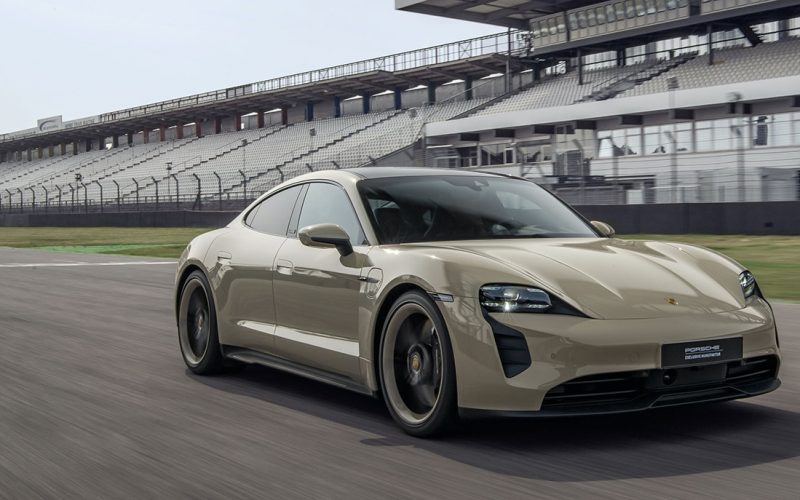
Reading Time: 5 minutesEveryone who follows the auto industry knew that Tesla’s Model S would eventually get knocked from
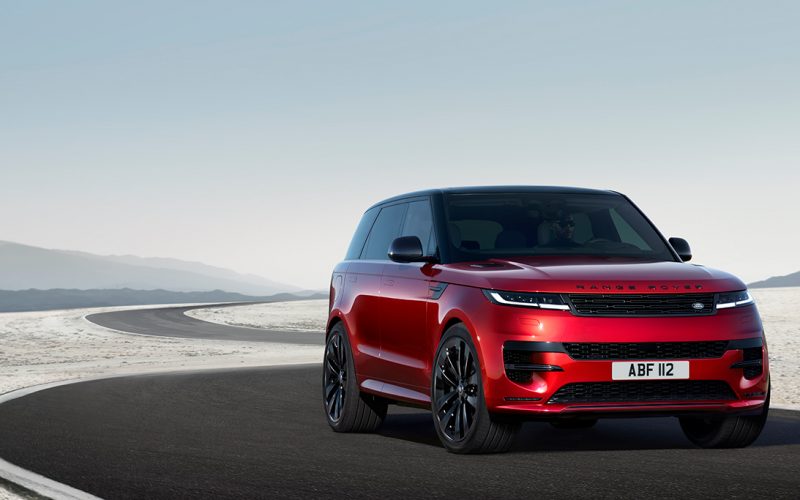
Reading Time: 9 minutesLand Rover has just pulled the wraps off its third-generation Range Rover Sport (compare it to
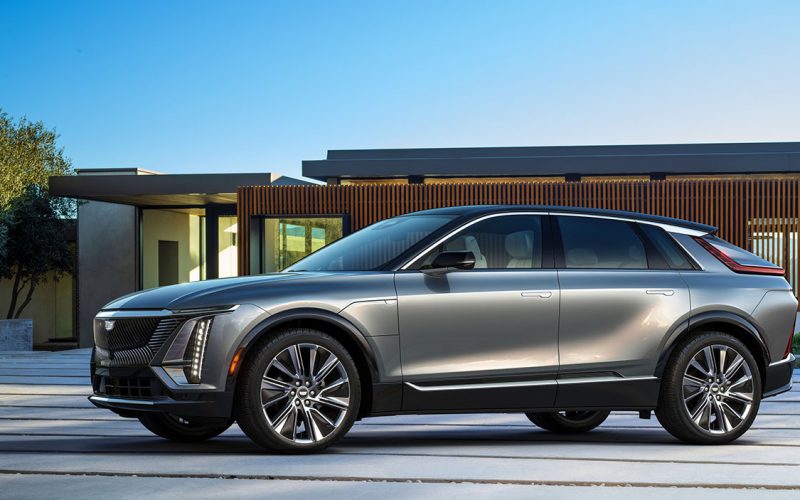
Reading Time: 7 minutesWhen the 2023 Cadillac Lyriq arrives this fall, it will be price below $70k, including destination
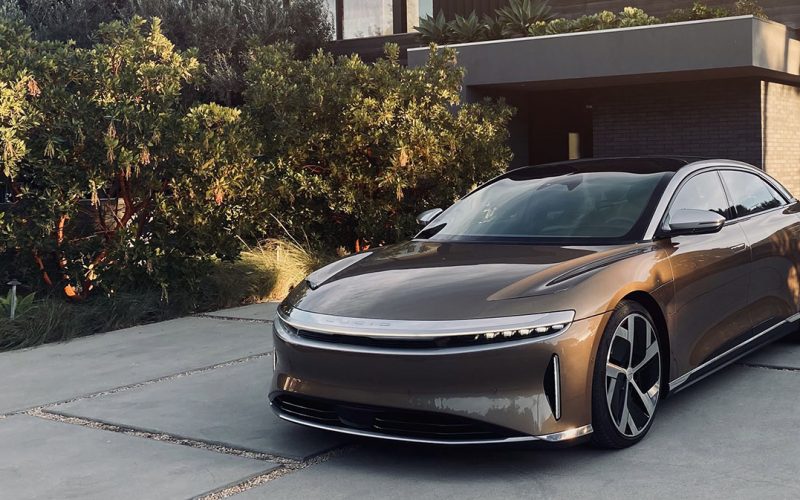
Reading Time: 6 minutesLucid? For most Canadians, the name Lucid won’t ring any bells, but those who keep a
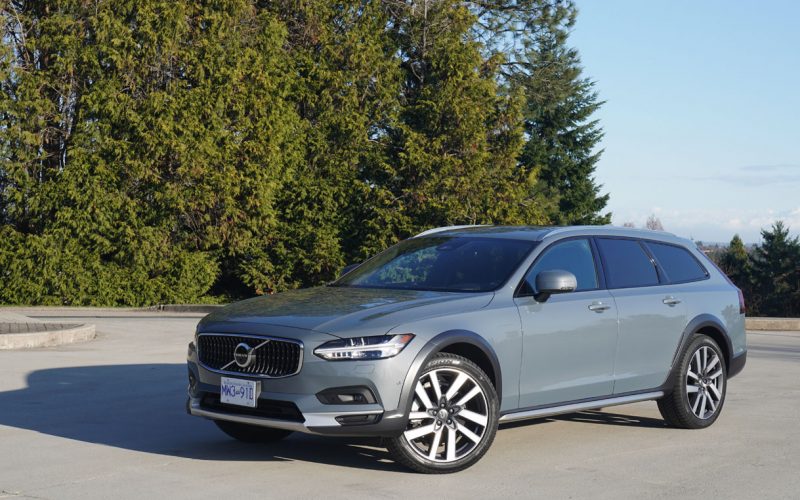
Reading Time: 13 minutesWhen growing up in the ‘60s and ‘70s, wagons were everywhere. We always had one in
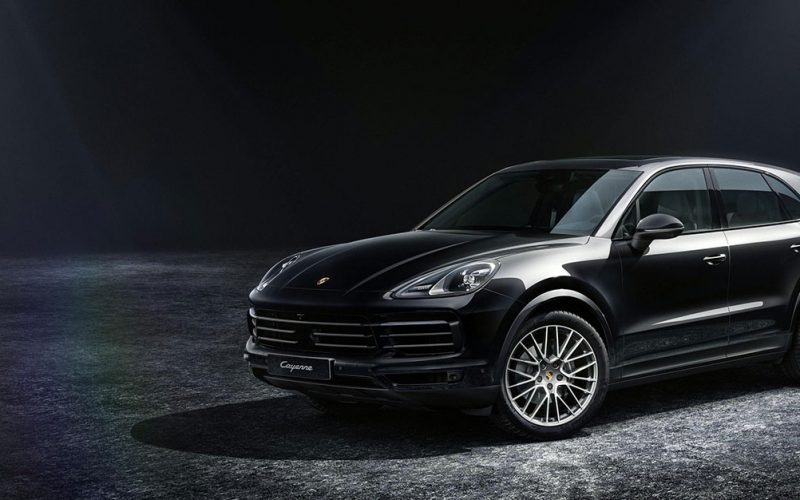
Reading Time: 3 minutesPorsche is bringing its Platinum Edition back to the Cayenne lineup for 2022, after three years
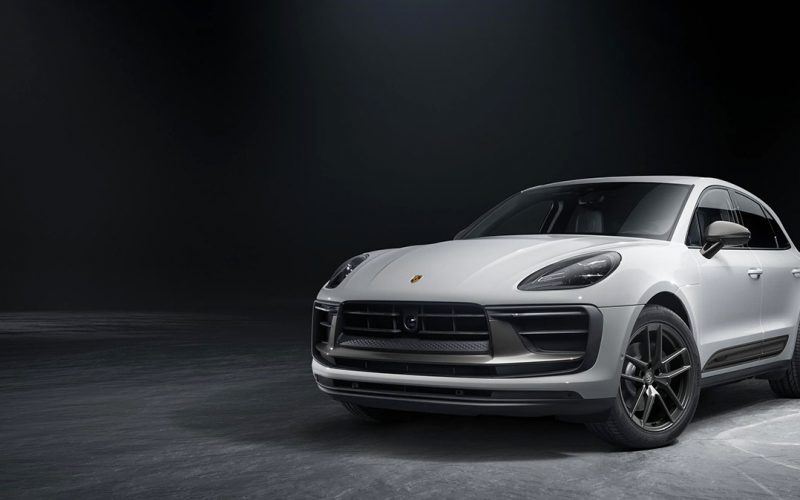
Reading Time: 5 minutesPorsche is adding a new “T” trim line to its most popular Macan model for 2023,
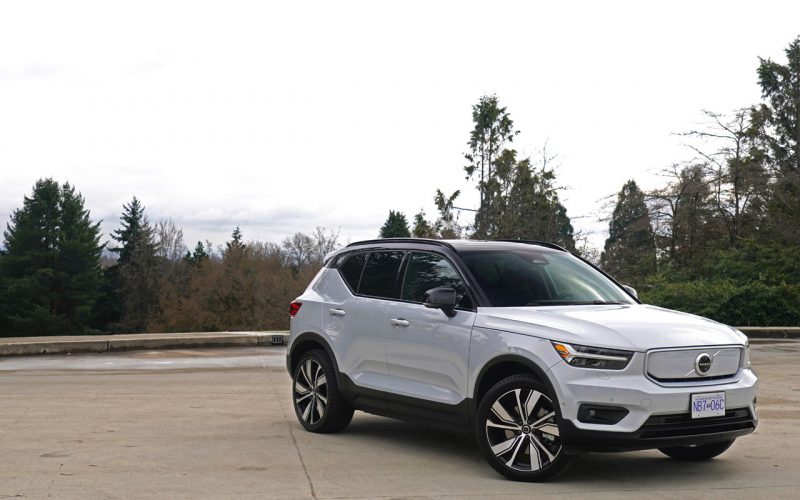
Reading Time: 12 minutesVolvo’s new XC40 Recharge is everything I already loved about this fabulous little luxury utility, and
© 2025 The Car Magazine. All Rights Reserved, Privacy Policy | Terms of Use